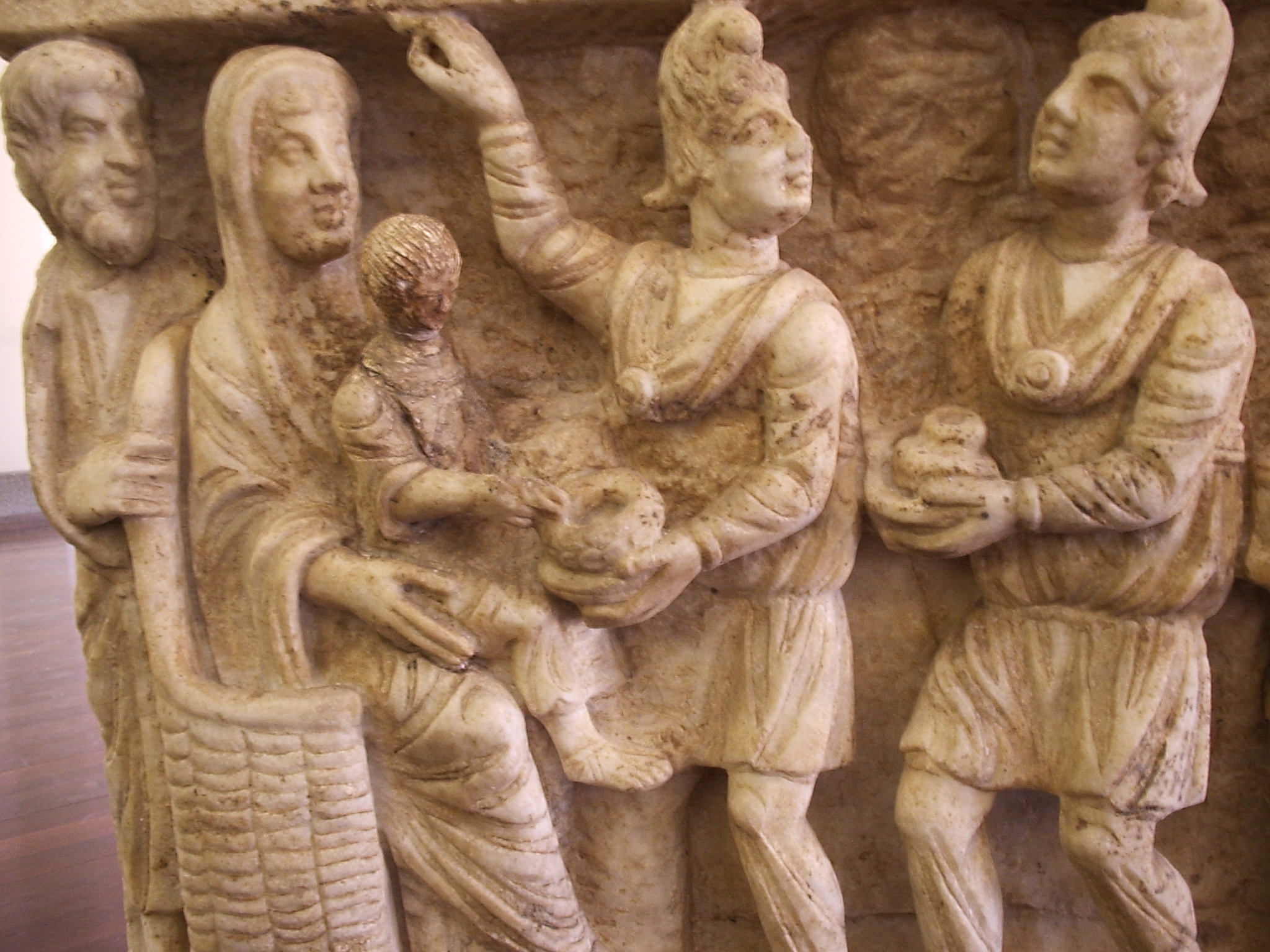By the help of His grace (Prologue 6)

6 Jan. 7 May. 6 Sept.
Since then, brethren, we have asked of the Lord who is to inhabit His temple, we have heard His commands to those who are to dwell there and if we fulfil those duties, we shall be heirs of the kingdom of heaven. Our hearts, therefore, and our bodies must be made ready to fight under the holy obedience of His commands; and let us ask God to supply by the help of His grace what by nature is not possible to us. And if we would arrive at eternal life, escaping the pains of hell, then – while there is yet time, while we are still in the flesh, and are able to fulfil all these things by the light which is given us – we must hasten to do now what will profit us for all eternity.
For Saint Benedict, a monk inhabits the temple of the Lord, that is to say, that he lives in a place set apart and consecrated for the Opus Dei, the praise of God and the offering of the Holy Sacrifice. Saint Benedict says, si compleamus habitatoris officium, which can be rendered, “if we carry out the Office of those who dwell in the temple.” The monastic life, in which “nothing is preferred to the Work of God” (Chapter XLIII), is a foretaste of the kingdom of heaven. It is also a struggle and a combat, requiring of a monk that he be vigilant and fight, “not against flesh and blood; but against principalities and powers, against the rulers of the world of this darkness, against the spirits of wickedness in the high places” (Ephesians 6:12). The heart and the body must be trained and made ready to fight. This happens on the battlefield of daily life, by means of struggles and victories that appear to be small and insignificant but that are, in reality, of great consequence.
Saint Benedict speaks to us again of grace, and of the humble and insistent prayer for grace: “Let us ask God to supply by the help of His grace what by nature is not possible to us.” This relates to what I said in yesterday’s chapter. I will never tire of insisting on grace and on the necessity of prayer, itself an effect of grace, to obtain grace. It is by grace that a soul is prepared to receive grace. It is by grace that a soul rises from sin and begins to walk in newness of life. It is by grace that one avoids sin. It is by grace that one practices virtue. It is by grace that one perseveres in what is good. Is this not what Our Lord Himself revealed to the Apostle? I give it to you in the translation of Monsignor Knox:
But he told me, My grace is enough for thee; my strength finds its full scope in thy weakness. More than ever, then, I delight to boast of the weaknesses that humiliate me, so that the strength of Christ may enshrine itself in me. I am well content with these humiliations of mine, with the insults, the hardships, the persecutions, the times of difficulty I undergo for Christ; when I am weakest, then I am strongest of all.. (2 Corinthians 12:9–10)
The Benedictine monk, like every other Christian, lives by grace; he is utterly reliant on grace. He knows that grace is obtained by prayer, and so, the monk prays always. One can make a kind of syllogism: (1) Monks are, at all times in need of grace. (2) Grace is obtained by prayer. (3) Monks, therefore, pray at all times. This is why I have so often referred you to the tenth chapter of Saint John Cassian’s Tenth Conference on prayer without ceasing.
